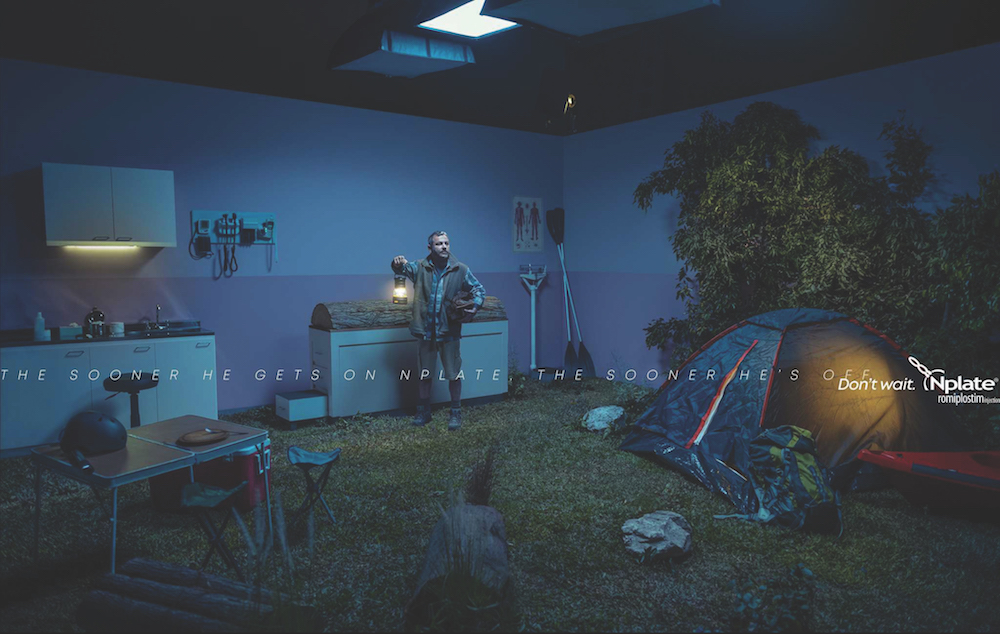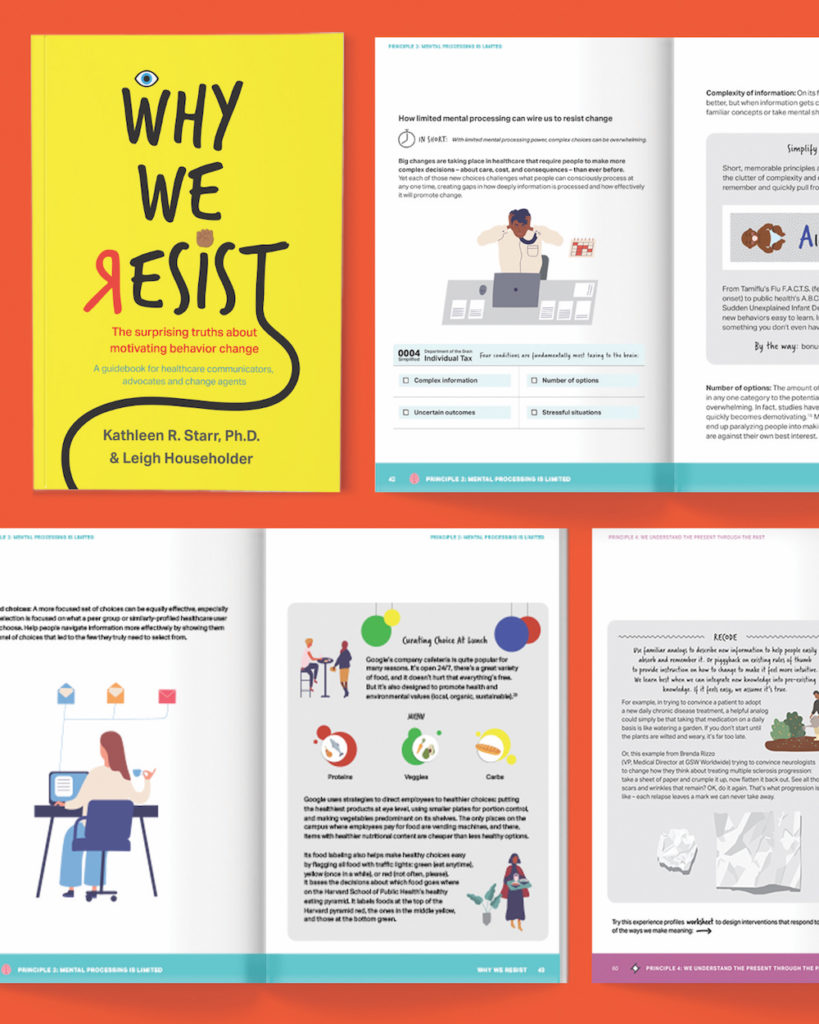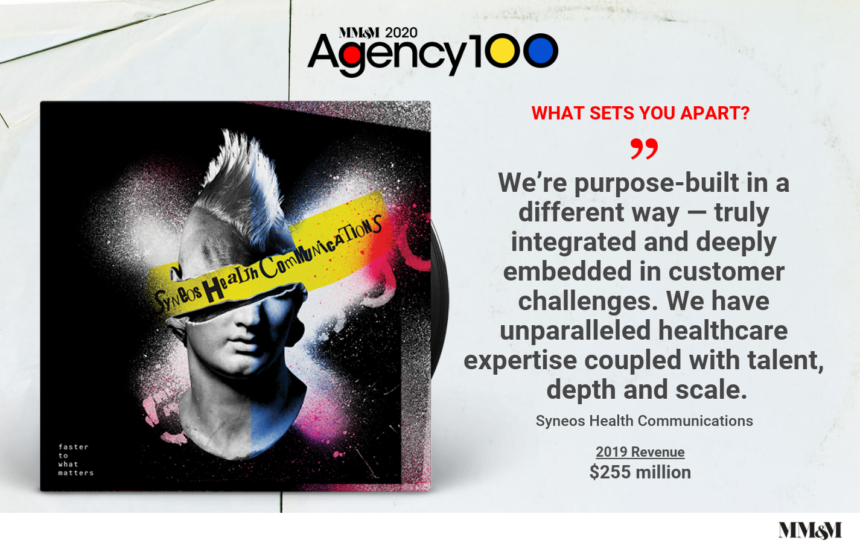Baptisms-by-fire don’t come much more harrowing than the global pandemic that coincided with Tim Pantello’s arrival at Syneos Health Communications. He officially started in the new role of president, communications in January, right around the time overseas members of the extended Syneos network sounded the alarm about the novel coronavirus.
The organization didn’t wait for public health officials to gauge its seriousness before springing into action. It pulled together research papers around HCP preferences, virtual field force engagements and COVID-related payer concerns. It participated in a volunteer program led by the U.K. government that located clinically qualified individuals able to perform coronavirus testing.
Then there was the Syneos Health Ventilator Initiative, designed to quickly redeploy BiPAP machines for use in the treatment of COVID-19 patients. “One of our clinicians, a pulmonologist, had the idea and proposed it to the leadership team, and within 48 hours it was executed,” Pantello says. “We have access to congressmen, senators and people from HHS and the CDC and we have the clinical and scientific bench to deliver.”
A few months after Syneos’ efforts kicked in, Pantello speaks with something approaching awe in his voice about the response. “For me being new here, it was a great immersion in what’s possible,” he says. “We have a total and complete focus on this industry. We’re not selling soda or cars.”
Pantello previously held another very big job at another very big organization: He was managing director, PwC Health Industry Advisory Group, a role in which he led its digital teams and health-tech innovation agenda. That’s why his answer to a question about the impact and execution of Syneos’ COVID response is worth highlighting.

“There’s no way — no way — this happens somewhere else. And believe me, I’ve been somewhere else,” he says forcefully. “Our entire model is about acceleration and our
whole organization is built on agility and speed. In this crisis, it matters. Scale matters, clinical and scientific depth matters, skill matters and our pure-play focus on health matters.”
So no, Pantello isn’t having any second thoughts about his decision. He has only good things to say about his tenure at PwC, but admits he started to feel a bit limited in his group’s ability to effect change. Along those lines, he contrasts Syneos’ infrastructure, and especially its upgraded omnichannel platform, with the structural hodgepodge of companies not specifically built around health.
“This is a purpose-built organization,” he stresses. “Our platform is amazing. We’re essentially a drug company without a drug. I never have to explain to anybody why what we’re saying or proposing is important. It’s very, very clear what we’re in service to do.”
In the process, Pantello throws a quick jab or two. “Holding companies — ‘hold’ is interesting to me. Networks are more ‘not’-works,” he says. “I’ve lived in those models and they’re wonderful companies trying to change, but they’re not dedicated exclusively to an industry the way we are.”
This is a purpose-built organization. Our platform is amazing. We’re essentially a drug company without a drug.
Tim Pantello
He believes that this limits their ability to partner deeply and effectively with clients. “Sometimes the problem does not call for an advertising solution,” Pantello continues.
“They have their own integration challenges to solve for and to scale. Here, we’re at scale in this industry and dedicated to what clients actually need. We’re not a hammer looking for a nail.”
Pantello hails the 2019 output of any number of Syneos agency brands. He believes the company made continued gains in the payer-marketing space, both via GSW’s dedicated team and the standalone Syneos Managed Markets agency. The latter, he notes, can accommodate clients “who don’t want to buy these services coupled with an ad agency.”
He adds that the services remain essential no matter how or by whom they are delivered: “You can have the greatest ad in the world, but if you don’t have access it won’t matter.”
Pantello also touts Syneos’ PR operation — comprising stalwart brands Chandler Chicco Agency, Allidura Consumer, Biosector 2 and Chamberlain Healthcare Public Relations — and the organization’s growing work in the realm of behavioral science. He notes that Syneos wrote the book on the latter, quite literally: Why We Resist: The Surprising Truths About Motivating Behavior Change, co-authored by managing director of behavioral science Kathleen Starr and managing director, innovation Leigh Householder, was published last September. Syneos donated proceeds to The Starr Coalition, a charity advocating for better mental health treatment.

On the client front, Syneos continued to work with more or less everybody in some or other capacity. Pantello reports that the company touches 92% of all new chemical entities that come to market, whether via commercial or clinical support. Client relationships include Amgen (on chronic immune thrombocytopenia drug Nplant), Circassia (on COPD drug Duaklir), Sunovion and Quest Diagnostics. MM&M estimates that Syneos Health Communications’ revenue rose 4% in 2019, to $255 million from 2018’s take of $245 million.
While North American head count decreased slightly, from 1,095 to 1,052, Syneos reports that global head count increased during 2019. “This slight decline in North America for 2019 reflects a shift in where our talent is located to best facilitate our growing portfolio of global work,” the company noted in its MM&M agency questionnaire submission. Notable additions beyond Pantello included GM, omnichannel marketing Adam Cahill (who joined from Digilant), president of communications Europe Ian Dorrian (formerly of several Omnicom agencies) and head of strategy Maria Tender (who spent the last 24 years at DDB).
As for what comes next, Syneos has big plans for Indegene Omnipresence, a customer experience platform for healthcare and life sciences companies that includes CRM and analytics capabilities. It took a minority stake in the platform last year.
“Some of the problems clients are seeing aren’t channel problems,” Pantello notes. “If you look at what’s happening with digital, that’s not a channel issue. It’s a cultural shift in behavior.”
That shift, he believes, is one that Syneos is uniquely positioned to help clients navigate. “Frankly, we look a lot more like our clients than we do some Madison Avenue palace,” he says. “A campaign is just one thing. We’re more into building creative business solutions to solve the real problem at hand.”
The best marketing we saw in 2019…
The Sick Kids Foundation’s campaigns to increase fundraising among millennial men. Although the first ad broke in 2016, the foundation launched Why We Fight last fall. It’s a powerful follow-up to the initial effort. — Tim Pantello
From the June 01, 2020 Issue of MM+M - Medical Marketing and Media







